A woman shows off her trained dogs.
Related Movies

Nanook of the North (1922)
This pioneering documentary film depicts the lives of the indigenous Inuit people of Canada's northern Quebec region. Although the production contains some fictional elements, it vividly shows how its resourceful subjects survive in such a harsh climate, revealing how they construct their igloo homes and find food by hunting and fishing. The film also captures the beautiful, if unforgiving, frozen landscape of the Great White North, far removed from conventional civilization.

Olympia: Part One – Festival of the Nations (1938)
Commissioned to make a propaganda film about the 1936 Olympic Games in Germany, director Leni Riefenstahl created a celebration of the human form. This first half of her two-part film opens with a renowned introduction that compares modern Olympians to classical Greek heroes, then goes on to provide thrilling in-the-moment coverage of some of the games' most celebrated moments, including African-American athlete Jesse Owens winning a then-unprecedented four gold medals.
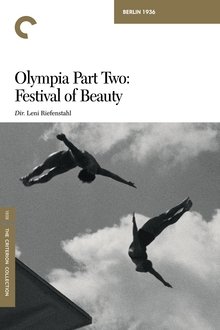
Olympia: Part Two – Festival of Beauty (1938)
Commissioned to make a propaganda film about the 1936 Olympic Games in Germany, director Leni Riefenstahl created a celebration of the human form. Where the two-part epic's first half, Festival of the Nations, focused on the international aspects of the 1936 Olympic Games held in Berlin, part two, The Festival of Beauty, concentrates on individual athletes such as equestrians, gymnasts, and swimmers, climaxing with American Glenn Morris' performance in the decathalon and the games' majestic closing ceremonies.
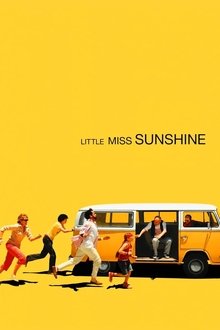
Little Miss Sunshine (2006)
A family loaded with quirky, colorful characters piles into an old van and road trips to California for little Olive to compete in a beauty pageant.

Rap's Most Wanted (1991)
Documentery from 1991 where The 2 Live Crew, Chuck D (Public Enemy), Too Short, Ice-T, Geto Boys, H.W.A. drop real talk on different topics.
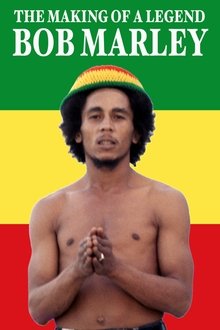
Bob Marley: The Making of a Legend (2011)
Based on footage shot in the early seventies and lost for more than thirty years, we see and hear the young Bob Marley before he was famous. The film shows us the Wailers' first rehearsal, when the idea of a Jamaican supergroup was still just a dream. Sit in as the albums of Bob Marley and the Wailers brought reggae music and Rasta consciousness to the world, starting a revolution that would change rock music and contemporary culture.
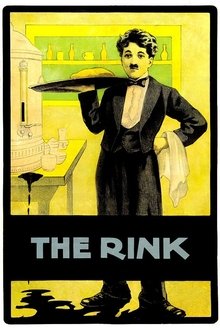
The Rink (1916)
After amusements working in a restaurant, a waiter uses his lunch break to go roller skating.

The Pawnshop (1916)
A pawnbroker's assistant deals with his grumpy boss, his annoying co-worker and some eccentric customers as he flirts with the pawnbroker's daughter, until a perfidious crook with bad intentions arrives at the pawnshop.
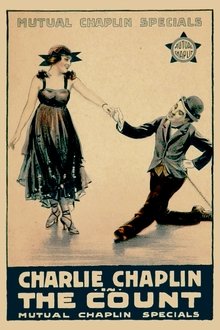
The Count (1916)
A tailor's apprentice burns Count Broko's clothes while ironing them and the tailor fires him. Later, the tailor discovers a note explaining that the count cannot attend a dance party, so he dresses as such to take his place; but the apprentice has also gone to the mansion where the party is celebrated and bumps into the tailor in disguise…
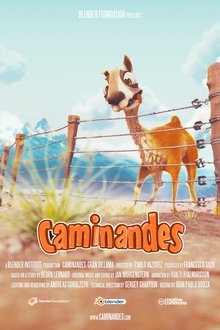
Caminandes: Gran Dillama (2013)
A young llama named Koro discovers that the grass is always greener on the other side (of the fence).

Die Bauten Adolf Hitlers (1938)
Nazi Third Reich propaganda film that used architecture as a statement about "racial accomplishment," and so called "racial superiority." Hitler claimed that between 1934 and 1940, the Nazi rule of Germany had produced architectural uniqueness, and this film was produced to shown to attempt to validate that. The opening montage gives a survey of earlier Gothic and Baroque structures in the country as an example of "architectural superiority" that the German race was said to be the sole inventor of; then moves on to deride the recent construction of the Bauhaus school (with a racially motivated score of Jazz music) and an example of German "architectural decay." Then proceeds to show off buildings constructed by the Nazi and an architectural revival, to "last 1000 years," Film also spends a great of time dwelling on massive and "busy" monuments that had been erected all over the county.
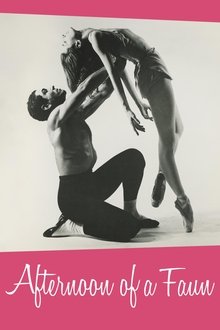
Afternoon of a Faun: Tanaquil Le Clercq (2014)
Of all the great ballerinas, Tanaquil Le Clercq may have been the most transcendent. With a body unlike any before hers, she mesmerized viewers and choreographers alike. With her elongated, race-horse physique, she became the new prototype for the great George Balanchine. Because of her extraordinary movement and unique personality on stage, she became a muse to two of the greatest choreographers in dance, George Balanchine and Jerome Robbins. She eventually married Balanchine, and Robbins created his famous version of Afternoon of a Faun for her. She had love, fame, adoration, and was the foremost dancer of her day until it suddenly all stopped. At the age of 27, she was struck down by polio and paralyzed. She never danced again. The ballet world has been haunted by her story ever since.

Last Hijack (2014)
Documentary that follows the lives of two pirates and their community on the Somali coastline; what are the incentives of the pirates, why did they become pirates, how did they grow up in a country with political chaos, war and extreme poverty? The narrative structure is built around two interweaving story-lines; one depicting the "present", the daily lives of the pirates and their community, and the second in the "past", revealing through epic animation, the unfolding of a recent hijacking.

Big (1988)
When a young boy makes a wish at a carnival machine to be big—he wakes up the following morning to find that it has been granted and his body has grown older overnight. But he is still the same 13-year-old boy inside. Now he must learn how to cope with the unfamiliar world of grown-ups including getting a job and having his first romantic encounter with a woman.

The Pinkie (2014)
Since they were both five, Ryosuke has been stalked by Momoko - the ugliest girl in the village. Her love for Ryosuke is so boundless that she has her face surgically altered to suit his taste - but still he wants nothing to do with her. Ryosuke goes in for fleeting romance - for example, with the girlfriend of a gangster boss. But when he finds out about their affair, he has Ryosuke's little finger hacked off. Magically, the finger falls into Momoko's hands, and she uses it to clone Ryosuke, so she can finally have him (or almost him) for herself. And this is just the first five minutes of Lisa Takeba's short-but-powerful feature debut. Just like in her previous short films, the director - who cut her teeth in the advertising world and as the writer of a video game - throws a lot of genres and techniques into the mix: from science fiction to gangster films, from hospital eroticism to animation. Hectic and absurd, but with its heart in the right place. © IFFR

Bloomer Smokes Opium (1913)
A series of trick film hallucinations and scary doubling effects result when Patachon smokes an opium cigarette.

Latest News from the Cosmos (2016)
Nearly 30 years-old, Hélène still looks like a teenager. She is the author of powerful texts with corrosive humor. It is part, as she says herself, of a "badly calibrated lot, not entering anywhere". Her telepathic poetry speaks of her world and of ours. She accompanies a director who adapts her work to the theater, she talks with a mathematician ... Yet Helene can not talk or hold a pen, she has never learned to read or write. It when she turns 20 that her mother discovers that she can communicate by arranging letters on a sheet of paper. One of the many mysteries of the one that calls herself Babouillec ...

Love Type D (2019)
After getting dumped for the 11th time in a row, Frankie discovers that she has a "loser in love" gene, which predisposes her to chronic failure and rejection for the rest of her life. She decides to embark on a quest to change her romantic future.
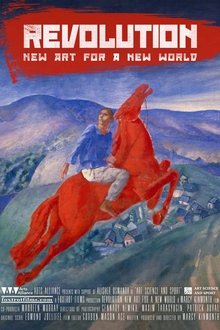
Revolution: New Art for a New World (2017)
Drawing on the collections of major Russian institutions, contributions from contemporary artists, curators and performers and personal testimony from the descendants of those involved, the film brings the artists of the Russian Avant-Garde to life. It tells the stories of artists like Chagall, Kandinsky and Malevich - pioneers who flourished in response to the challenge of building a new art for a new world, only to be broken by implacable authority after 15 short years and silenced by Stalin's Socialist Realism.
